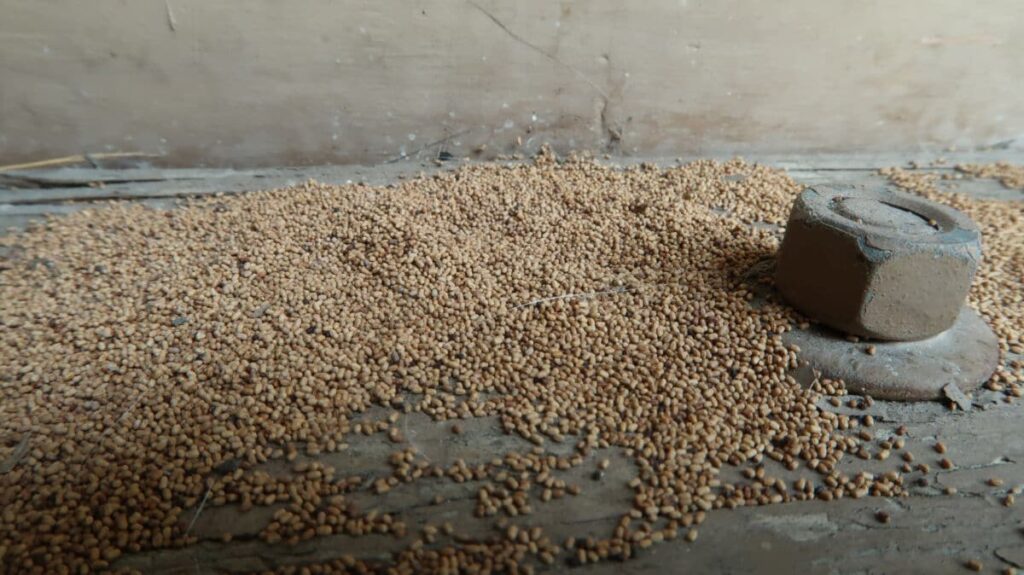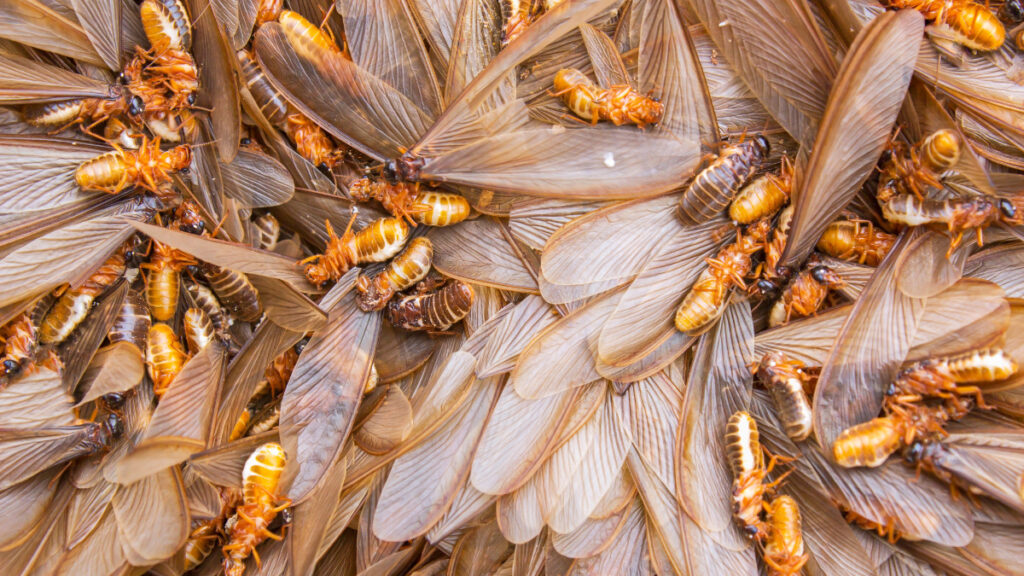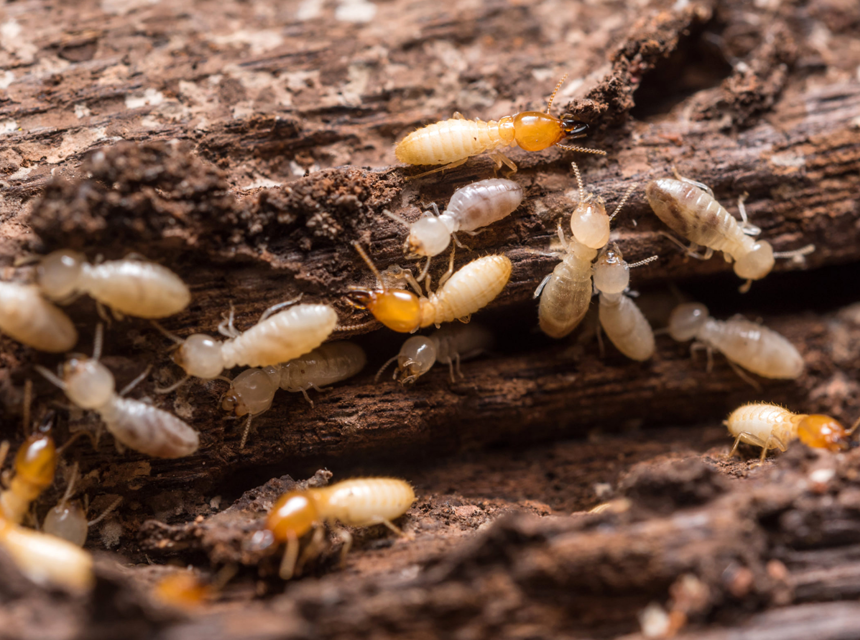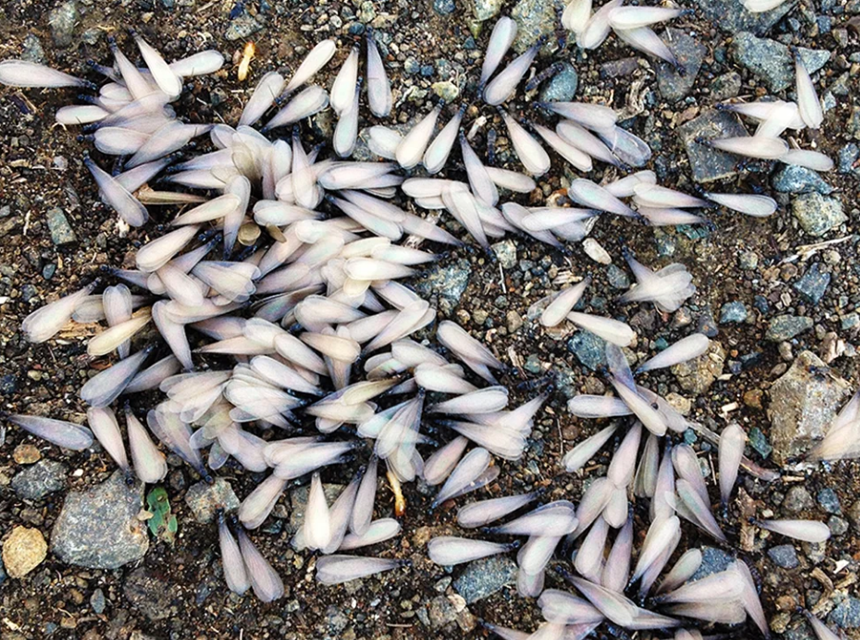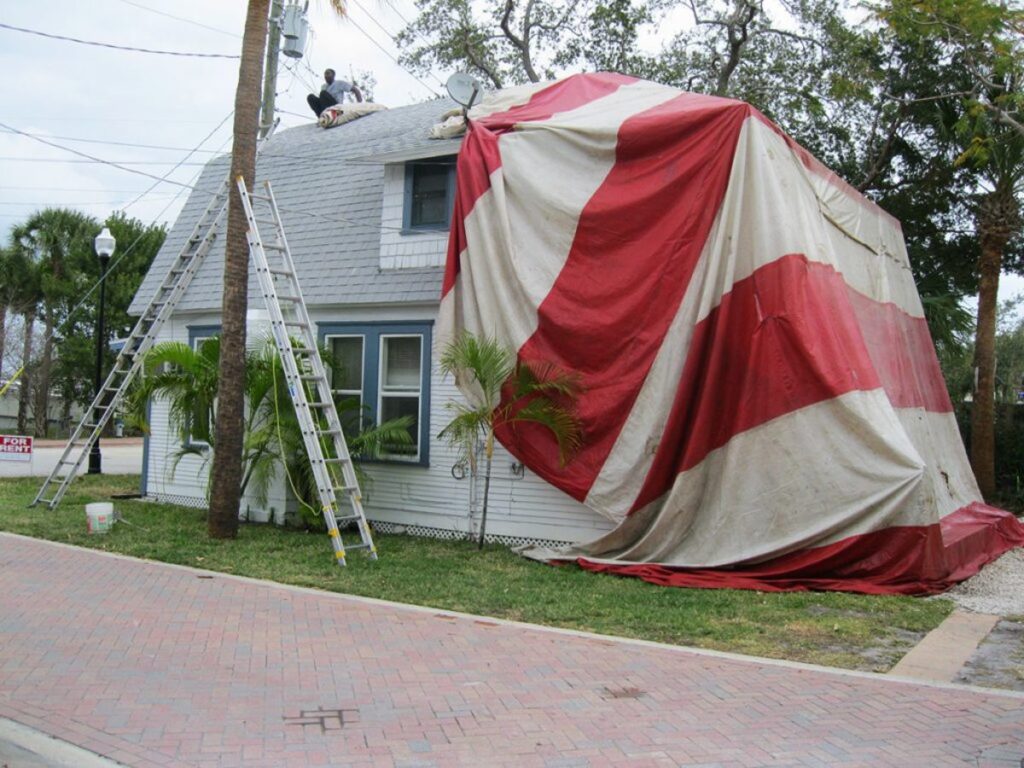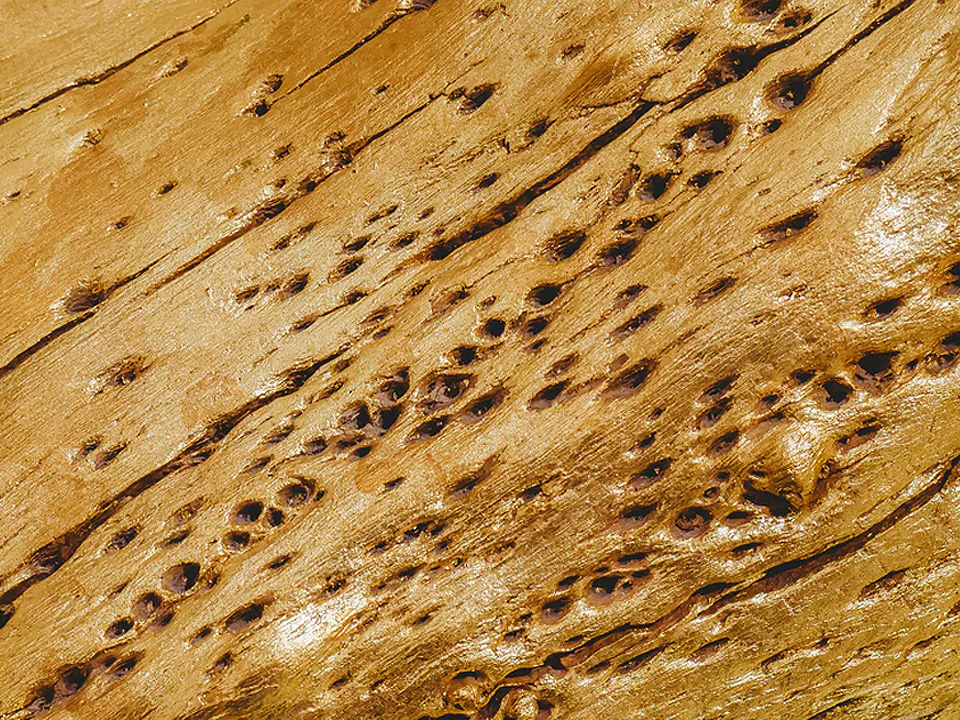

Dry wood termites are not as common as other species, and they only account for 10% of termite problems in the US. Although they are not a big deal percentage-wise, drywood termites are still a big threat to a home. Unlike Subterranean termites that build nests underground, Drywood termites tend to build nests in wood. They live in smaller colonies than Subterranean termites, and because of this, they are often overlooked. Failure to eliminate drywood termites can lead to severe irredeemable damage in the home.
Since Drywood termites have different behavior and tendencies than other termite species, eliminating them requires a different approach. This article provides the ultimate guideline on how to get rid of drywood termites from your property. Read on to have a better understanding of the pesky pests.
Like with any other pests, correct identification is essential in getting rid of drywood termites. Misidentifying the termites would lead to wasted time and money.
The first distinguishing feature of drywood termites is that they invade any area with wood in the home, including wood flooring, pieces of furniture, and frames, unlike most termite species that nest underground.
For accurate identification, you must know the different types of drywood termites and their appearances. Check out the video and the guide below for more information.
A colony of Drywood termites has different groups, including; Workers, Alates, and soldiers. Each group has different characteristics.
Alates: These are also known as swarmers and are the reproductives. They are half-inch long and have grey or clear wings. They have a yellowish tan or pale brown to a dark brown color depending on the species. Once mature, the alates leave the original colony to produce new colonies.
Workers: These are an eighth-inch-long wingless insects. They are small and cream in color. They are the most populous and are tasked with finding food and feeding the entire colony. They also take care of young ones.
Soldiers: These are the largest of all the groups, coming in at three-eighths of an inch in length. They have a pale brown or yellowish tan to dark brown appearance, and their mandibles are unusually large. The mandibles are much wider than the bug’s head.
Drywood termites are often confused with carpenter ants. According to an article by the entomology department at the University of Kentucky, Trusted Source Carpenter Ants | Entomology entomology.ca.uky.edu carpenter ants are larger than termites and have different antennae, waist, and wings shape. If you suspect you have a carpenter ants infestation and have no idea how to control it, read our article on the best carpenter ant killers for a detailed guide.
Drywood termites have a three-stage life cycle: egg, nymph, adult. To form a colony, a male and female pair work their way into the chosen nest. They seal the opening through which they enter with a cement-like material then make a chamber for the queen to lay eggs. Nymphs hatch from the eggs and develop into workers, soldiers, and reproductives.
Just like other pests, Drywood termites will appear in your home in search of a conducive habitat. Also, since they can live in wood without soil contact, you can easily bring an infested piece of furniture or wood item into your house without knowing.
Here’s how you will know you have a Drywood termites infestation;
Squeaking floorboards and damaged wooden base: It is unlikely that you will notice a Drywood termites problem until things get pretty bad and the wooden structures in your home show. If your floorboards are squeaking where they weren’t before, inspect them for a termite infestation. Holes in the wooden base or furniture also indicate a termite invasion.
Frass: Drywood termites’ frass, also known as excretal pellets are distinct from that of Subterranean termites. They are hard, round-edged, and have six concave surfaces on the sides. The frass looks like sawdust or small wooden pellets.
Swarmers: If you notice a swarm of insects with clear, uniform wings, chances are you have an infestation. The swarmers swarm to shed their wings before laying eggs to form new colonies.
Many people often confuse swarmers for flying ants which have large brown wings.
Several DIY methods and natural remedies for eliminating Drywood termites exist. Some of them include;
Boric acid: Boric acid can kill termites, but it is a multi-step process. It is as simple as pouring the acid on the termites’ spot on the wood. It is not guaranteed that you will get all the termites on the first try, thus the need to do it twice or thrice. Take extra caution when handling Boric acid because its toxicity can cause severe irritation.
Orange oil treatment: Orange oil has D-limonene, a substance behind the classic smell of oranges. According to a science paper by Iowa State University Trusted Source Toxic properties of d-limonene in insects and the earthworm Eisenia fetida dr.lib.iastate.edu , D-limonene is toxic to termites and most insects. Once you have spotted the termites’ colony, you can inject the oil into the wood. When buying orange oil, go for a brand with the highest D-limonene content.
Heat treatment: This involves heating the air in your home long enough to kill the termites. However, it is only beneficial if the termites are isolated to a small area because excessive heat may damage your home.
Liquid nitrogen: This is another effective spot treatment. It works similarly with heat treatment, only at entirely different temperatures. Liquid nitrogen’s boiling point is -320 degrees F. The temperature can flash freeze the termites’ skin and cause real damage.
The only downside of this method is that a professional would have to do it because you can’t access a large amount of liquid nitrogen.
The simplest way of getting rid of Drywood termites is removing and replacing the infested wood. If the infestation is localized on a few pieces of wood that you can easily access, simply remove and replace them to effectively get rid of termites. If the infested wood is hard to access and cannot be removed, you can use chemical treatment as in the methods below.
Here are the most effective ways of getting rid of Drywood termites in your home;
The borate-based product Boracare is perfect for treating wood with an identified, localized colony of termites. It should be mixed with warm water before applying it to bare wood. You have to measure the size of the treatment area to figure out how much Boracare you will need.
In a gallon, mix Boracare and warm water in a ratio of 1:1. Mix thoroughly to break it all down. You can paint, spray or foam the solution onto the infested wood. Apply two coats of the mixture on the wood then let it rest. The Boracare will treat the wood and kill the termites when they feed.
Drill holes on the infested wood and fill them up Fipro aerosol treatment. The holes should be at least 8 to 10 inches apart on the entire piece of wood. Close up the holes with a wood sealant material or a wood patch.
You can also apply the Fipro aerosol on any exposed cracks, crevices or termite galleries around doors, fireplaces, and windows.
You can clear a Drywood termite infestation in your yard with natural or chemical treatments.
According to the National Pesticide Information Center (NPIC), Trusted Source Boric Acid General Fact Sheet npic.orst.edu boric acid is processed boron, which is a natural mineral. Termites lose their ability to absorb nutrients when they ingest boric acid. Their nervous system also gets affected, leading to their death.
Boric acid comes as a powder, and you can use it in powder form or mix it with water and spray it as a solution. Mix one teaspoon of boric acid with one cup of water and spray it anywhere on the yard you suspect has termite infestation.
Repeat the treatment every three to five days until the termite activity in your yard stops completely.
According to an educational article by University of Nebraska Trusted Source Nematodes in General nematode.unl.edu , beneficial nematodes prey on termites. They enter the termites’ bodies and release a toxic chemical that poisons them to death in a matter of days. They are, thus, a perfect alternative to chemical treatment of Drywood termites in the yard.
You can get nematodes online or at a garden supply store. Mix the nematodes with water as per the instructions on the packaging, then apply the mixture to the tree stumps and other areas you have spotted Drywood termites.
Prevention is better than cure. After eliminating a Drywood termite infestation, you want to prevent another one from happening in the future. Here are some prevention pro tips;
Drywood termites, unlike the popular Subterranean termites, reside, feed and build nests in fresh wood and don’t depend on moisture or soil for survival. We have given a detailed guideline on how to get rid of Drywood termites both inside the home and in the yard. You can also invest in the best quality termite killers like the popular BioAdvanced termite killer for quick results. It is incredibly easy to apply and acts as a fantastic perimeter defense.
The Spectracide terminate termite killing foam is also an excellent alternative. The foaming aerosol kills all the termites, including the ones you cannot see as it penetrates into cracks and crevices in the infested wood. For a yard infestation, you can consider natural alternatives like nematodes, especially if you are trying to avoid toxicity in your garden.
